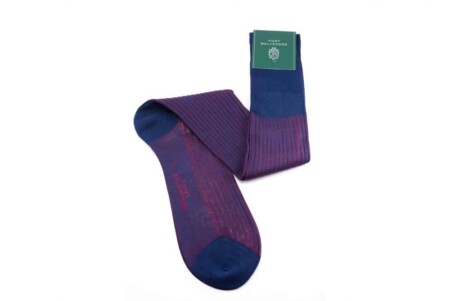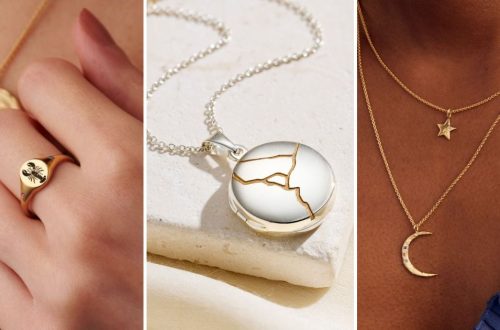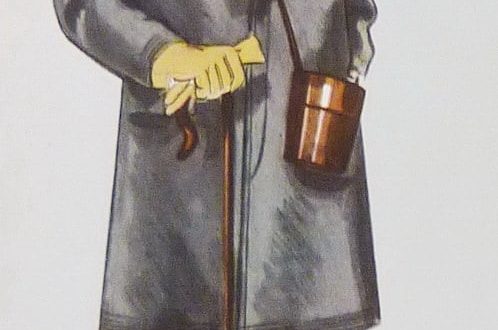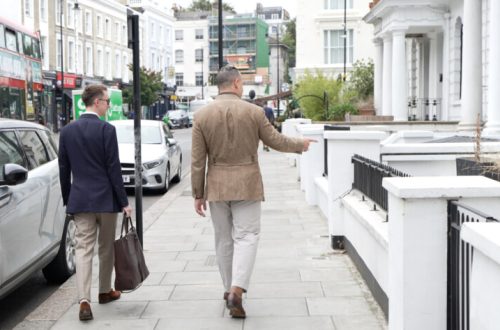It’s Easier Than You Might Think!
In the second part of our series about proper ironing, we will discuss how to iron a dress shirt step-by-step. By following our simple instructions, your shirts will have the ultimate crispness and neatness that you desire, even if you are a beginner when it comes to ironing.
Of the three major garments worn for tailored clothing – jacket, trousers, and dress shirt – a dress shirt is the easiest to iron and the best one to begin with when learning how to iron correctly. In addition to the many benefits you will derive from a beautifully ironed shirt, this process will allow you to practice your ironing skills before attempting more difficult-to-iron articles.
Isn’t ironing a waste of time?
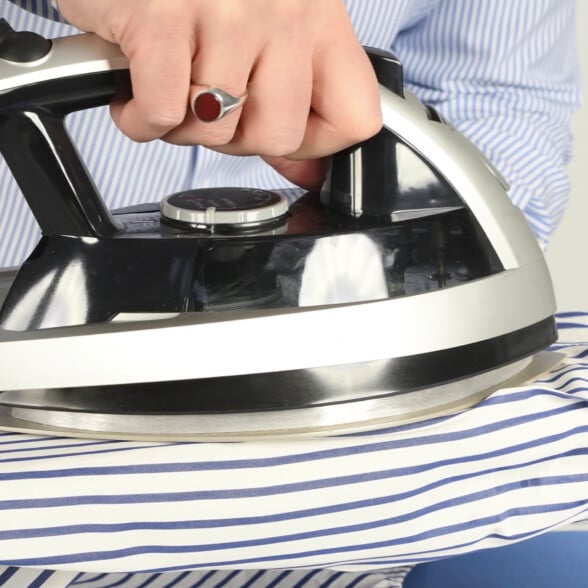
Make sure that you have the
Right Tools
In addition to essentials like the iron itself and an ironing board, we have identified several items that will make ironing a shirt more efficient and easier. Investing in these items will make ironing even easier.

Can’t I Just Wear Wrinkle-Free Shirts?
The reality is that truly non-iron or wrinkle-free shirts do not exist. Some companies treat their fabrics with chemicals like formaldehyde to make them wrinkle-resistant, but this effect diminishes after a few washes, requiring you to iron the shirt eventually. Additionally, the fabric will remain stiff and uncomfortable.
Other companies have developed processes that are chemical-free and reduce the appearance of wrinkles but do not eliminate them entirely. While you may not have to iron these shirts as often, they will still require occasional ironing.
The Gentleman’s Gazette Ironing Series
This article is Part II in our expansive series on proper ironing in the context of Classic Menswear.
Peruse the entire collection below.
Part I: Essential Ironing Tools
Part II: How to Iron a Dress Shirt
Part III: How to Iron Dress Pants
Part IV: How to Iron a Suit Jacket
After years of practice and experience, we have developed the following order for ironing different parts of the shirt. We therefore encourage you to follow this process exactly to ensure the best experience. Doing steps out of order could compromise the overall effect of the pressing.
Pre-Ironing Prep
What To Do Before You Iron

Proper pressing actually begins in the laundry room. Correct handling of your dress shirt after cleaning will ensure the best possible ironing experience. The steps you take will depend on how you clean your shirts.

If Removing the Shirt from the Washing Machine
The higher the spin cycle on your washing machine, the dryer your shirt will be, but also, the more wrinkles the fabric will have. Promptly remove your wet shirt from the washing machine after the cleaning cycle has finished. Manually stretch and smooth out any obvious wrinkles, and loosely hang your shirt up to partially dry. If you allow your shirt to sit crumbled and wet inside the washer, deeper wrinkles can set in.
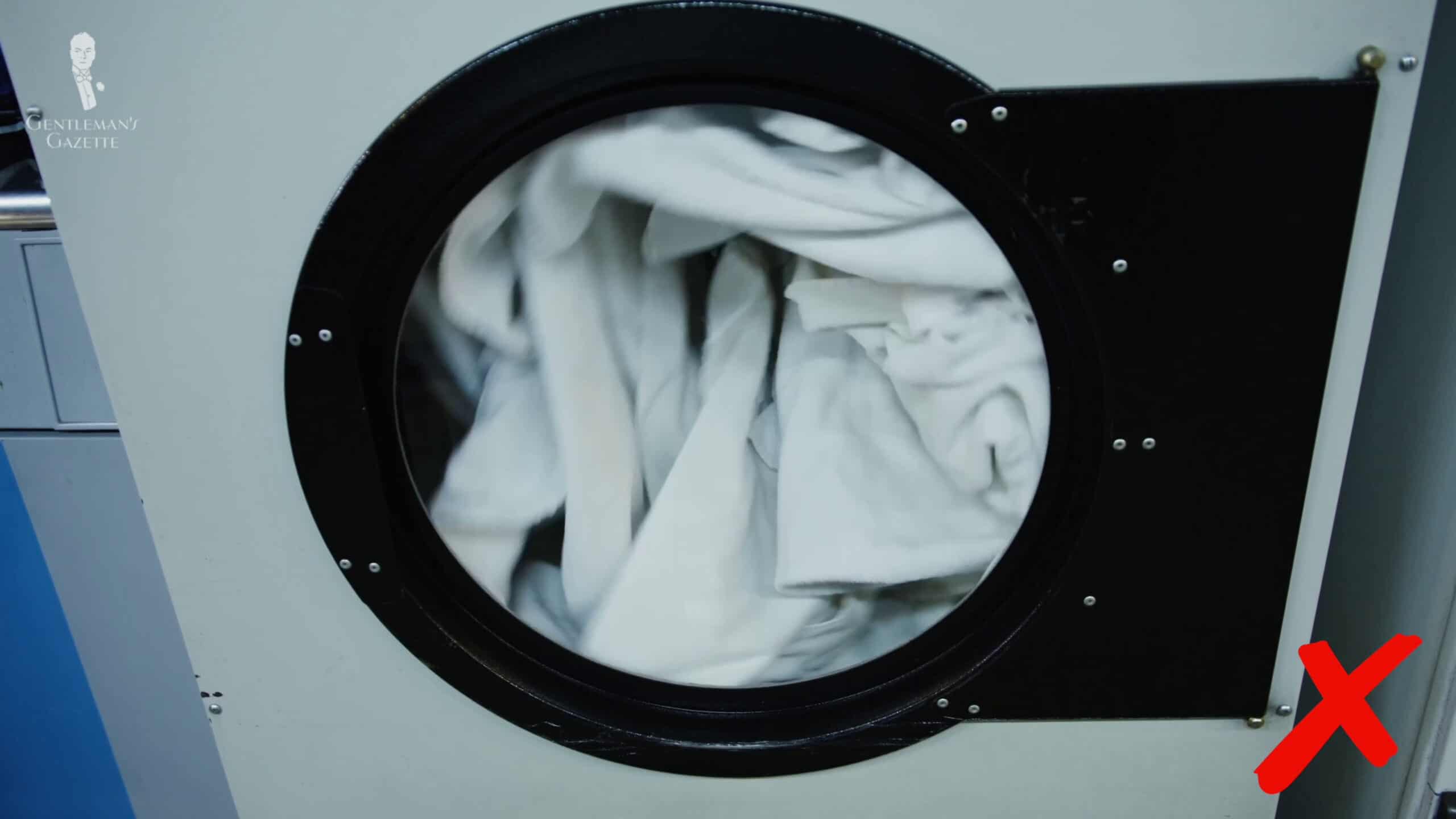
If Removing the Shirt from the Dryer
To preserve the life of your shirts and eliminate any risk of shrinkage, we generally recommend avoiding a dryer at all when cleaning your fine dress shirts, but if you do opt to employ one, we recommend removing your shirt before it has become fully dry, as a moist shirt is easier to iron. You should also avoid leaving your shirt crumpled up in the dryer, as doing so can encourage the formation of wrinkles.
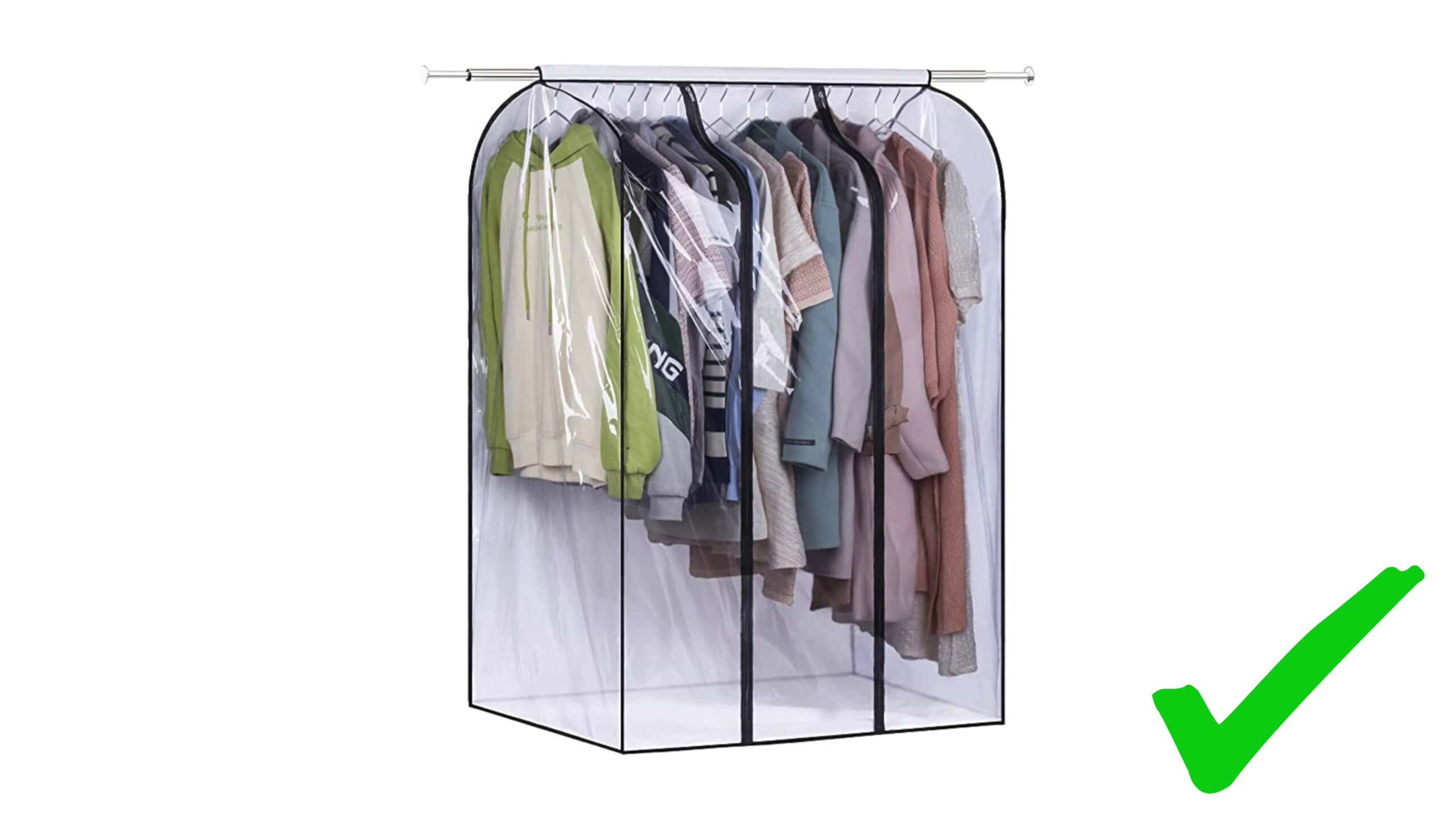
If the Shirt Has Not Recently Been Cleaned
While we prefer ironing a shirt shortly after it has been cleaned, it is not necessary that you do so. Take your shirt from your drawers or closet, spray it generously with water, and let it sit in a plastic bag for 10 minutes. Afterward, you have the perfect fabric conditions for ironing.

The Benefits of Ironing a
Wet Shirt
When a shirt is slightly damp, it is usually easier to iron because the heat from the iron can fully shape the cloth with less risk of damage. If your shirt is too wet, it takes a long time to iron, especially if you do not have a vacuum ironing board. On the other hand, if your shirt is too dry, chances are you will not release all the wrinkles when ironing. While the exact level of saturation will vary based on the material of the shirt and your personal preferences, a damp shirt is usually easiest to iron.
Consider Ironing in Batches
Because proper ironing requires a certain amount of preparatory work and setup, we have found that it is most efficient to iron your shirts in batches. That being said, if needed, you can always iron shirts individually prior to wearing them.
FAQ
Why should I iron my dress shirt?
Ironing your dress shirt keeps it looking crisp and professional. It removes wrinkles and gives a polished appearance.
What tools do I need to iron a dress shirt?
At the very least, you will need an iron, an ironing board, water, and a spray bottle. Additional tools can help make the ironing process easier and more efficient.
What temperature should I set my iron to?
Check the care instructions label on your shirt. Generally, cotton shirts require a higher heat setting, while synthetic fabrics, like polyester, need a lower setting.
Should I use steam when ironing?
Yes, steam helps to remove wrinkles more effectively. If your iron has a steam function, use it. You can also lightly spray the shirt with water.
What should I do if I accidentally create a crease where I do not want one?
Re-wet the area with a spray bottle and iron over it again. The steam should help remove the crease.
How should I store my dress shirt after ironing?
Hang your shirt on a hanger to keep it wrinkle-free. Button the top two buttons to maintain the collar shape. Handle your shirt gently as you put it away.
1. Organize Your Equipment

When your shirts are ready for ironing, prepare your board and other equipment, such as a sleeve board, tailor’s ham, and spray bottle.
Orient the ironing board with the pointed end to the left if you’re right-handed and to the right if you’re left-handed.
The Best Tools for Ironing
2. Check for Stains

Check your shirts closely for any stains or spots. The heat from ironing will set these stains, making them more difficult to remove.
Likewise, ensure the fabric cover on your ironing board is completely clean, as stains could transfer onto your shirt during the ironing process.
Inspect also the underside of your iron, called the sole plate, for any stains or burned-on matter. Any stains on the iron will transfer to your clothes.
If your iron is dirty, clean it. Apply detergent to the sole plate and let it sit for an hour before washing it clean. Use a scouring pad if needed to remove any detritus fully.
Quick Tip
- Always iron in a well-lit area to see any stains or missed wrinkles.
Remove any stain from any garment!
3. Add Water
Check the water reservoir on your iron. If it is not full, top it up.

Make Sure you are using
Soft Water
Unless you have a water softener or your water is already soft, use distilled water in your iron. Tap water in many areas is “hard water,” meaning it has minerals that can cause calcium and magnesium buildup inside your iron. This buildup can clog the holes and stop steam from coming out. If steam does come out, it might convey whitish or brownish solids that can stain your clothes. A jug of distilled water is cheap and can be found at your local grocery store; investing in it will spare you the hassle of a damaged iron or stained clothes.
Quick Tip
- If sections of the shirt start to dry out, spray them with water.
4. Set the Correct Temperature

Your iron will have different settings suited to the fabric type that you are ironing. Consumer irons will have fabric-specific heat settings, while professional irons usually just have numbers or dots to indicate intensity. Most irons will have a designated heat or steam area that is best for ironing shirts, so consult your user’s manual for more information.

How to find the safe
Temperature
Examining the fabric care label on your shirt will indicate the proper setting for your iron. Most cotton shirts, for instance, are safe to iron at medium heat, as indicated by the symbol of an iron with two dots. More delicate fabrics like silk, however, may benefit from cooler temperatures, while hardier fabrics like wool or linen may require a higher temperature.
Let the Iron Heat Up
After plugging in your iron, do not immediately start ironing; instead, give your iron time to reach the desired temperature. Consumer irons will have fabric-specific heat settings, while professional irons usually just have numbers. Most irons will have a designated heat or steam area that is best for ironing shirts, so take a closer look.
Quick Tip
- Use the steam function on your iron generously to relax stubborn wrinkles
How to Maneuver the Iron

A key to success with all ironing is not to make broad sweeping motions with the iron but to apply short, controlled movements, applying consistent pressure to the cloth. Moving your arm too broadly or too rapidly will pinch the fabric, adding new creases.
Remember, ironing is also called “pressing” for a reason, and putting weight on the material as you iron is essential for good results.
As you press, keep pulling and moving the shirt to keep it flat. Spreading the fabric out on the board or smoothing it with your hands is essential when ironing. Focus on small areas as you work.
5. Press the Cuffs and Sleeves First
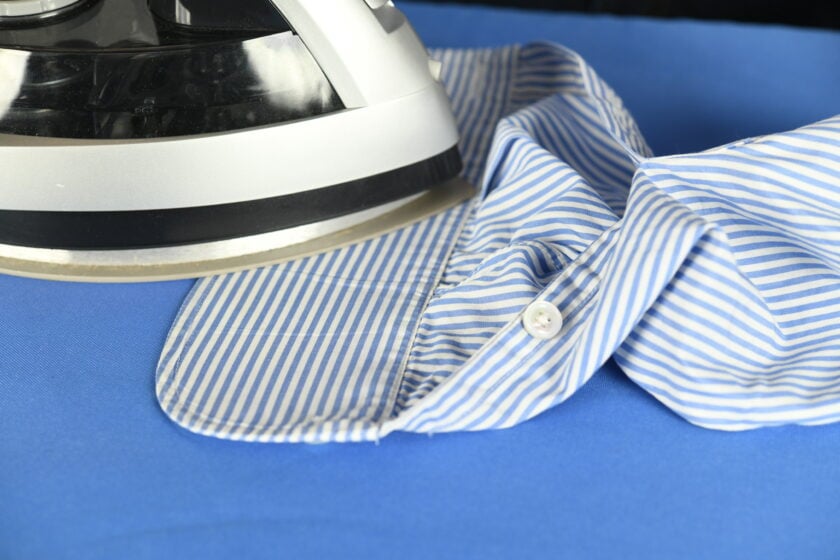
Begin by laying a sleeve on the board. If you have a sleeve board, now is the time to use it.
Open the cuff button and lay it flat; press it, first the inside and then the outside. Then press the length of the sleeve.
If you have French cuffs, iron the underside first and then the side of the cuffs you’ll see when you wear it.
Cuffs should also be ironed from the outside with gentle motions, so you avoid wrinkles.
The top of the sleeve should be ironed last.
Repeat with the other sleeve.
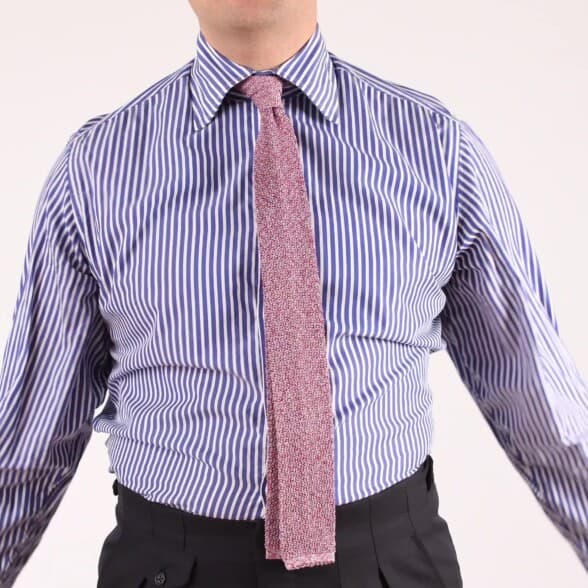
What about a
Sleeve Crease?
If you don’t want a crease down the middle of your bicep and elbow, avoid pressing the edges of the sleeve down against the board. Instead, concentrate on the middle of the sleeve. If you like a prominent crease, we suggest you invest in a clapper, which ensures a very sharp, obvious crease every time.

The Benefits of a Sleeve Board
If you have a regular ironing board, you will always have to iron two layers of the shirt at the same time, which increase the risk of wrinkles. To avoid this issue, you can invest in a sleeve board. This tools allows you to separate fabric layers and iron them one at a time, effectively eliminating shirt sleeve wrinkles. In addition to shirts, it also works well on both trousers and jackets.
6. Press the Collar

Pop up your collar. If your shirt has removable collar stays, remove them at this time. First, iron the underside of the collar with gentle motions. Press the inside flat.
Now, flip over the shirt and iron the outside of the collar (the side you will see when you wear the shirt).
Fold the collar back to its normal position and press the outside.
Quick Tips
- If you want a soft roll collar, don’t press down to the points—just iron the portion that will sit behind your neck.
- If your collar has a sewn interlining, iron from the outside in using short strokes. If you iron in one motion, you will get wrinkles in the shirt.
Learn about Common Shirt Collars
7. Iron the Yoke

The yoke of the shirt is the panel of fabric that drapes over the shoulders. It can either be in one large piece or two sections, which is called a “split yoke.”
Use the shape of the tip of the ironing board or a sleeve board to separate the layer of the yoke from the rest of the shirt.
Iron the yoke. Avoid rumpling the recently ironed sleeves or collar as you work on the yoke.
If your dress shirt has a split yoke, iron one side and then the other.
8. Iron the Shoulder and Chest Areas

As you did with the yoke, you can employ the curved structure of the iron board to assist you as you iron the shoulders and upper chest sections of your dress shirt.
With either the top button of your shirt done or undone, align the top area of your shirt with the narrow part of the board and press the shoulder and chest on one side of your shirt.
Iron the other half of the front of the shirt in the same way
Rotate the shirt and iron the back. Do not iron in one big motion, as this will not remove wrinkles and may create even more.
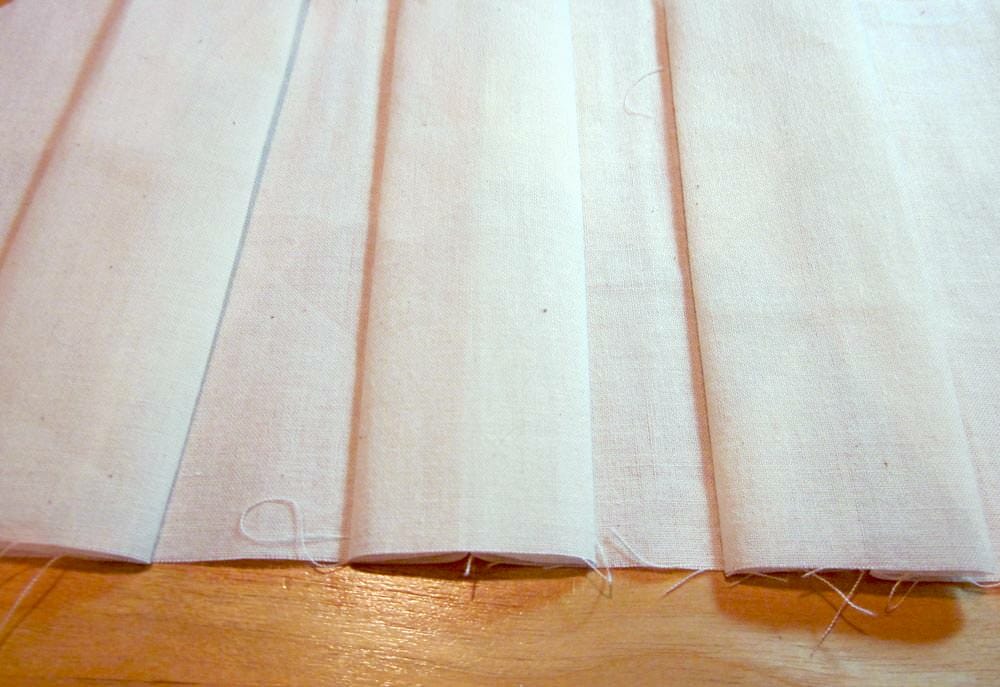
Pleats and Similar Features
The back of the shirt may have pleats, such as two middle pleats or side pleats. It could also have grinze, shirring along the yoke seam typical of Italian shirtmakers.
When ironing your pleats, pull the shirt from the bottom so you get the pleat where you want it, then press them with steam and heat. A clapper could also be employed.
For the grinze, use gentle motions but ensure you fully remove all wrinkles.
Quick Tip
- If your shirt is heavily wrinkled, re-iron the wrinkled area from the inside and then re-iron the outside again, reapplying sprayed water as needed.
9. Iron Along the Placket and Buttons

Adjust the shirt so that the button-side of the placket is facing up in front of you on the ironing board. Apply gentle pressure to the tip of your iron to fully press between the buttons.

Watch out for those
Buttons
If the buttons on your shirt are made of plastic, do not keep the hot iron too close to them, as they could start to melt. Mother-of-pearl and horn buttons should require no special considerations, but be careful when moving the iron to ensure that the tip does not scratch or damage valuable or delicate buttons.
Flip the button-side over and iron it from the back.
Finish by ironing the front and then the back of the placket side.
Quick Tip
- If your shirt has a pocket, iron it last. The excess material in the pocket itself can make it difficult to iron, so use small, gentle ironing motions and take your time to prevent creasing.

Do I Have To Use Starch?
Many spray starch products promise a military-grade finished look, but these results are usually mediocre and fleeting at best. These cheap starch products can also stain your shirts. If you use starch at all, ensure that it is genuine rice starch and be sure to follow all listed instructions exactly.
Interested in More Details?
To provide an even more in-depth presentation of how to properly iron your shirt, we have created an extended video featuring additional angels, including top-down and side views.
Conclusion
Once you develop the proper mindset for ironing and get the basic equipment, you’ll find that ironing shirts is straightforward. With the information gleaned in today’s article, additional types of shirts, such as tee shirt and polo shirts, should prove to be no issue for you. You’ll quickly get the hang of making your shirts look sharp within minutes, and before you know it, you can graduate to the slightly more challenging task of pressing pants and jackets.
Meanwhile, give us your tips for ironing shirts. What ironing gear do you own? Do you use a spray bottle? Tell us in the comments below.
Outfit Rundown
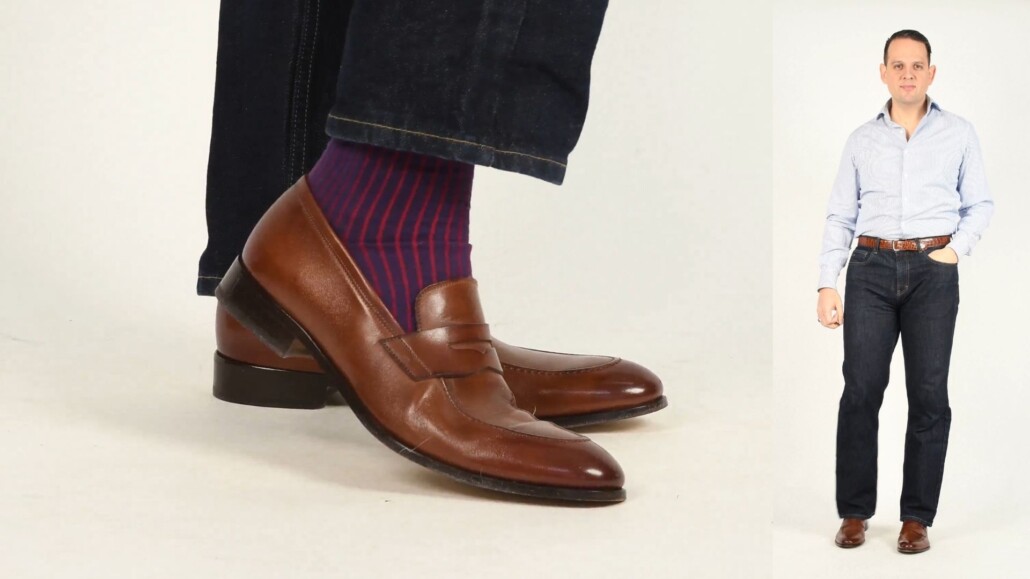
Today’s outfit is casual and loose to facilitate doing chores. It consists of a pressed dress shirt striped in blue and white cotton. The shirt has barrel cuffs that won’t interfere with the ironing. Raphael is wearing a pair of navy blue denim with a brown crocodile belt and a silver buckle which works well with his silver and carnelian green ring. The shoes are antique brown penny loafers that harmonize with his belt. Raphael’s socks consist of red and blue shadow stripes socks available in the Fort Belvedere shop. They help tie everything together; the shoes, the jeans as well as the ring he’s wearing.

